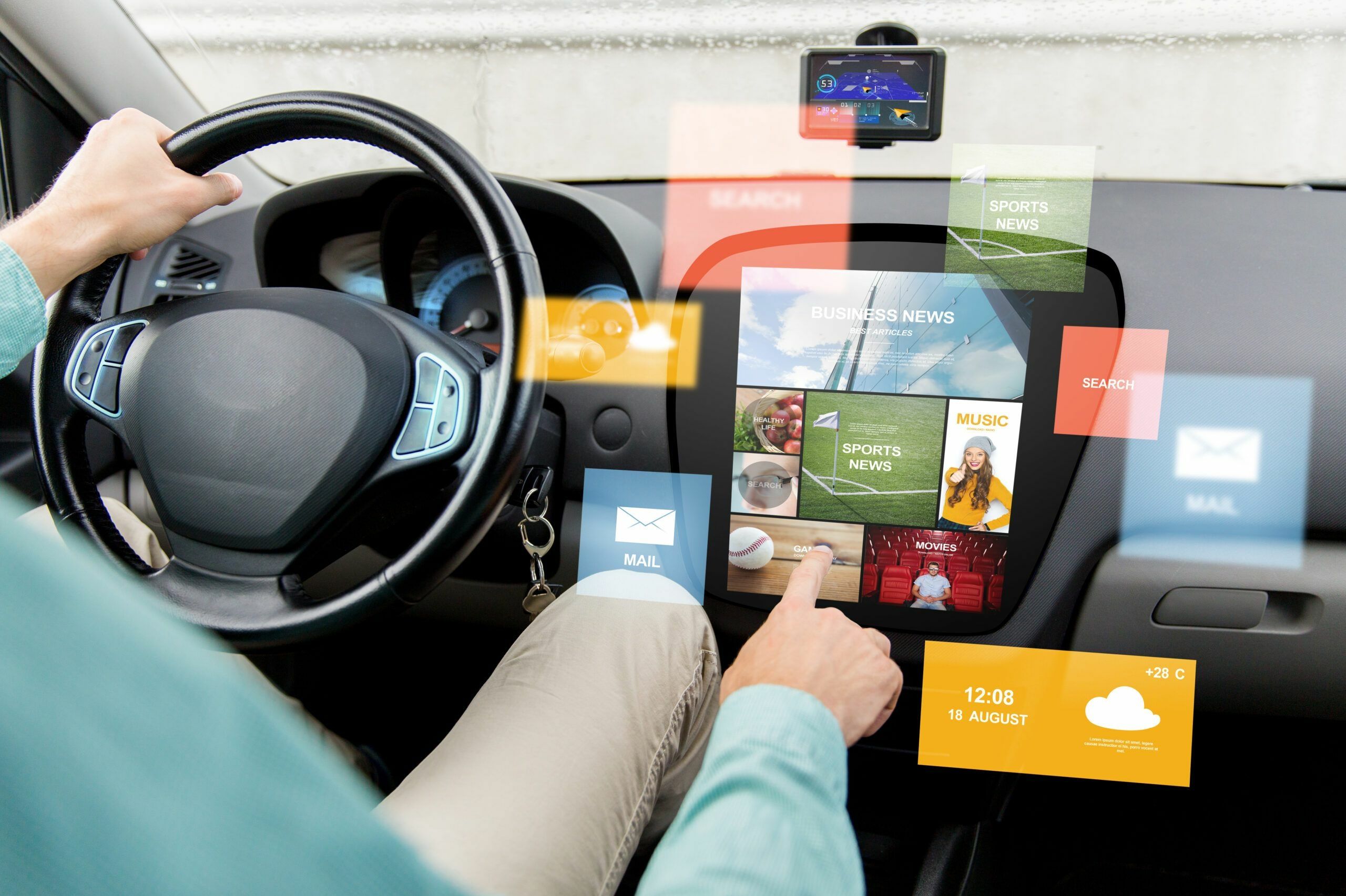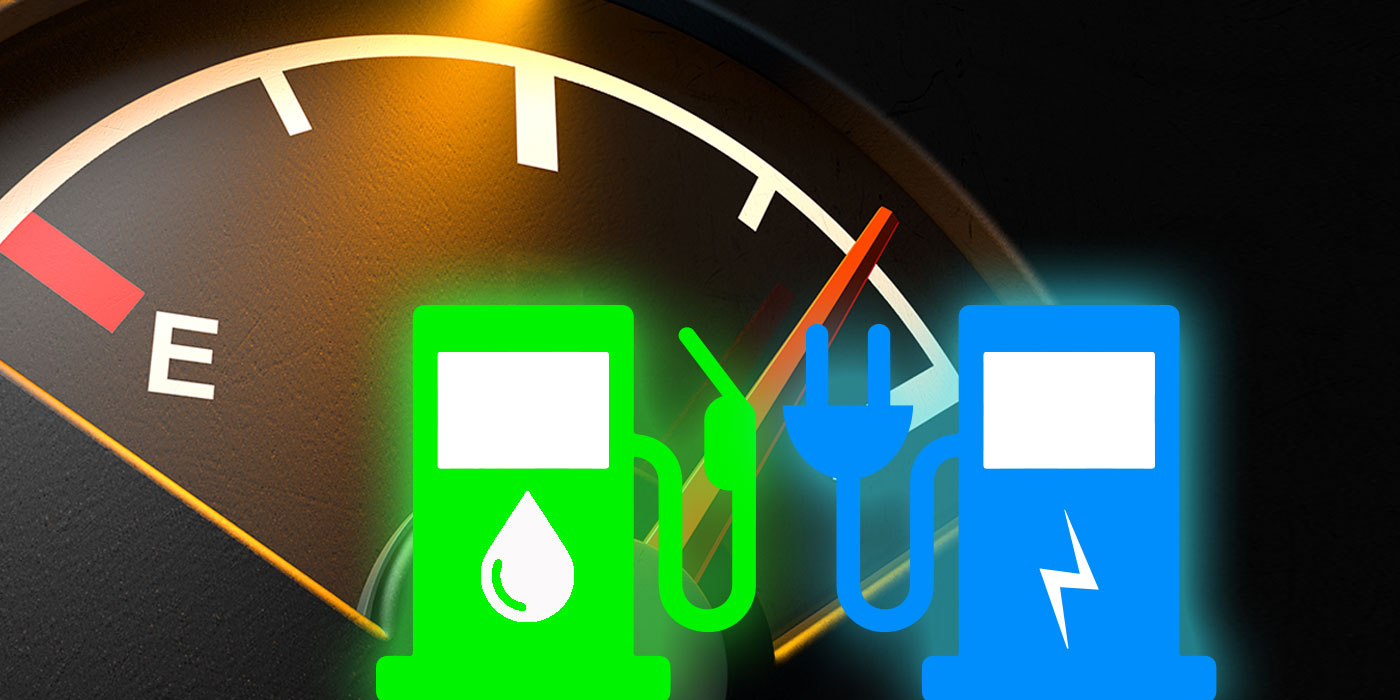Imagine driving through a remote stretch of highway when, suddenly, your car’s dashboard begins flashing an alert: “Engine temperature rising.” Within moments, your vehicle sends a signal to a remote technician, who analyzes the data and schedules a maintenance appointment at a nearby service station. This scenario, once the stuff of science fiction, is now an everyday reality thanks to telematics technology.
Telematics refers to the systems that enable vehicles to exchange data with other vehicles, infrastructure, and the Internet. By continuously transmitting vital information, telematics creates a more connected driving experience, providing both drivers and fleet managers with real-time insights into vehicle health, safety, and performance. This article explores how telematics is reshaping the driving experience, highlighting its core benefits and showcasing its role in enhancing safety, convenience, and efficiency.
Core Benefits of Telematics Systems
Remote Diagnostics & Predictive Maintenance
One of the most impactful benefits of telematics technology is the ability to perform real-time vehicle diagnostics. Modern telematics systems are capable of monitoring a wide range of vehicle systems, including the engine, transmission, brakes, tires, and even the battery. Through continuous data collection, these systems can detect potential issues before they become major problems.
- Preventing Breakdowns and Costly Repairs: Telematics can flag abnormal patterns or performance issues that suggest a malfunction. For example, a sudden drop in brake fluid pressure or an engine misfire can be detected early, allowing for preventative maintenance. By catching these issues early, telematics can help drivers avoid costly emergency repairs and, most importantly, breakdowns that could leave them stranded on the side of the road.
- Proactive Maintenance Scheduling: With telematics, maintenance schedules are no longer based on guesswork. The system automatically analyzes vehicle performance and alerts drivers or fleet managers when it’s time for service. Whether it’s a simple oil change or a more complex engine check, vehicles can be serviced proactively to avoid unplanned downtime, keeping them running smoothly and minimizing the risk of unexpected breakdowns.
- Optimizing Vehicle Uptime and Longevity: Regular maintenance ensures that a vehicle operates at peak efficiency. By monitoring critical components and providing data on wear and tear, telematics helps optimize vehicle longevity. As a result, drivers and fleet owners can expect better performance and a longer lifespan for their vehicles, reducing the total cost of ownership.
- Fuel Efficiency Optimization: In addition to mechanical diagnostics, telematics systems often include features that analyze driving behavior. By tracking metrics like speed, acceleration, braking habits, and idle time, these systems can offer insights into fuel efficiency. Drivers can receive real-time feedback or reports that suggest ways to improve fuel economy, further reducing costs and benefiting the environment by lowering emissions.
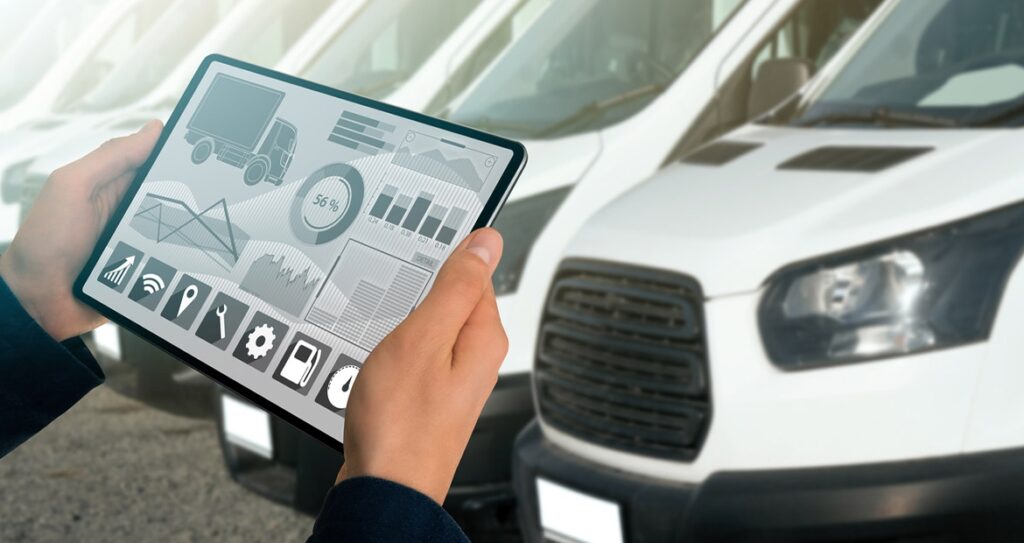
Emergency Assistance & Safety
Telematics technology plays a pivotal role in enhancing driver safety and providing peace of mind. Many vehicles equipped with telematics systems can alert drivers to imminent risks, provide emergency assistance, and offer immediate support in the event of an accident.
Automatic Crash Notification (ACN)
One of the most life-saving features of telematics is Automatic Crash Notification (ACN). In the event of a collision, ACN systems instantly detect the impact and send out an automatic alert to emergency services. This feature is particularly valuable in remote areas where traditional communication methods may be unavailable, or during severe weather conditions that impair visibility and response times. By ensuring that emergency services are notified immediately, ACN can significantly reduce response times and improve the chances of a positive outcome after an accident.

Emergency Assistance Services
In addition to crash detection, telematics systems provide easy access to emergency assistance, including roadside help, towing services, and medical support. Whether a driver is stranded with a flat tire, locked out of their vehicle, or needs assistance after an accident, telematics connects them to the right service quickly. This not only offers convenience but also peace of mind, especially for drivers traveling in unfamiliar areas.
Driver Safety Features
Telematics systems can be configured to monitor various aspects of driving behavior, enabling a suite of driver safety features. Some of these include:
- Distracted Driving Alerts: These systems can alert drivers if they are engaging in risky behaviors, such as texting or making phone calls while driving. By providing warnings, telematics encourages safer driving practices.
- Driver Coaching: Telematics also serves as a virtual driving coach, offering feedback on driving habits such as acceleration, braking, and cornering. This feedback can help drivers become more mindful of their driving styles, improving both fuel efficiency and safety.
- Blind Spot Monitoring and Lane Departure Warnings: These features use sensors to detect vehicles in a driver’s blind spots and provide alerts if they attempt to change lanes unsafely. Lane departure warnings notify drivers when they unintentionally drift out of their lane, helping to reduce the risk of accidents caused by inattention or fatigue.
By combining these features, telematics technology creates an environment where drivers are not only safer but also more aware of the impact of their driving choices on their vehicle’s performance and their own well-being.
Stolen Vehicle Recovery
Another significant advantage of telematics systems is the ability to assist in the recovery of stolen vehicles. With the integration of GPS tracking and real-time location sharing, telematics offers an additional layer of security for vehicle owners.
- Vehicle Tracking: Telematics-enabled vehicles can be tracked in real time, allowing both owners and authorities to pinpoint the exact location of a stolen vehicle. This can significantly increase the chances of recovery, as it helps law enforcement track the vehicle quickly and efficiently.
- Remote Immobilization: Some telematics systems have a remote immobilization feature that allows the owner or authorities to disable the engine of a stolen vehicle. This ensures that the thief cannot continue driving the vehicle, which not only helps prevent further theft or damage but also assists in safely recovering the car.
- Stolen Vehicle Recovery Services: Many telematics providers partner with law enforcement agencies and specialized recovery teams to offer dedicated stolen vehicle recovery services. These teams have access to the vehicle’s data and can work swiftly to retrieve it. This collaboration between telematics providers and law enforcement has proven to be a powerful deterrent to vehicle theft, as it increases the likelihood of a quick recovery.
Through these features, a telematics technology has the potential to reduce theft rates and provide a powerful tool for law enforcement to fight vehicle-related crimes. The ability to track, immobilize, and recover stolen vehicles has made a significant impact on the overall safety and security of vehicle owners.
Convenience and Connectivity
Telematics has not only improved the safety and reliability of vehicles but has also introduced a new level of convenience and connectivity that enhances the overall driving experience. By integrating advanced features into everyday driving, telematics systems are revolutionizing how drivers interact with their vehicles.
Remote Vehicle Access
One of the most notable benefits of telematics is the ability to access and control your vehicle remotely. With the help of smartphone apps or connected devices, drivers can now manage several functions without even stepping foot inside their car.
- Remote Start/Stop: Imagine leaving a busy shopping center on a hot summer day and remotely starting your car to cool it down before you even reach it. Telecommunication-enabled systems allow drivers to start or stop their vehicles from a smartphone or smartwatch, offering unmatched convenience, especially in extreme weather conditions. This feature is particularly valuable for fleet managers who need to prepare multiple vehicles for use efficiently.
- Remote Door Lock/Unlock: Forgetting to lock the car doors after parking is a common worry for drivers. Telematics technology gives you the ability to lock or unlock your vehicle from anywhere. This means you no longer need to rush back to your car if you forgot to secure it. With a quick tap on your smartphone, you can lock the doors or unlock them for others, providing peace of mind when you’re on the go.
- Vehicle Location Tracking: In a crowded parking lot or unfamiliar location, locating your parked car can be a challenge. Telematics solves this problem by offering vehicle location tracking. With GPS integration, drivers can easily find their vehicle using a mobile app, saving time and reducing frustration.
These remote features bring an entirely new level of convenience and security to drivers.
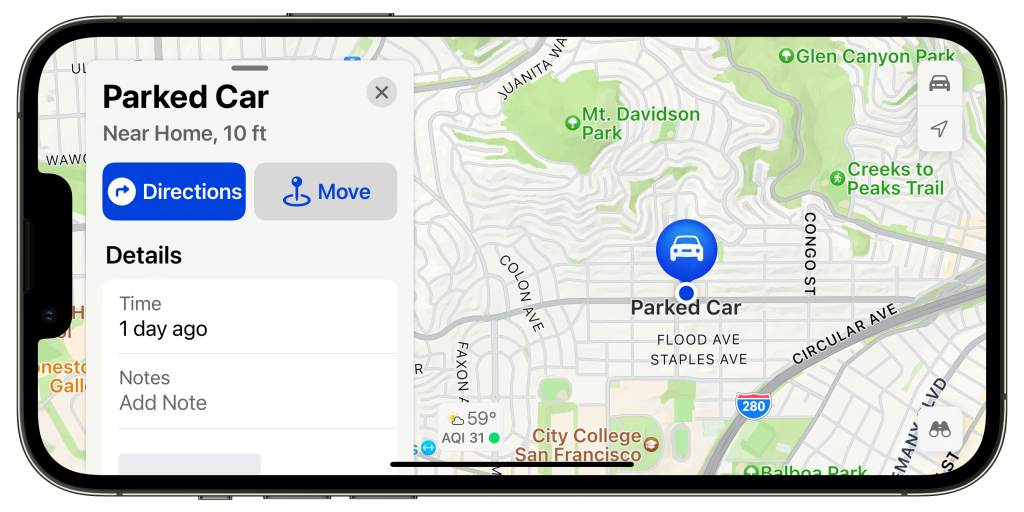
Connected Car Services
Telematics also serves as the backbone of connected car services, which are rapidly becoming an integral part of the driving experience. These services help streamline daily activities and provide enhanced functionality in vehicles, making it easier for drivers to stay connected.
- Over-the-Air Updates: Gone are the days of taking your car to the dealership for a software update. Telematics systems enable over-the-air (OTA) updates, meaning software improvements, bug fixes, and feature enhancements can be delivered directly to your vehicle without the need for a visit to the service center. This ensures your vehicle stays up to date with the latest technology and performance upgrades.
- Voice Assistants: Just like smartphones, telematics technology enables integration with voice assistants, allowing drivers to control vehicle functions hands-free. With simple voice commands, you can adjust the audio, change the temperature, or set the navigation system without taking your eyes off the road. This minimizes distractions, keeping drivers focused on what matters most—safety.
- Integration with Smartphones: Telematics makes it easy to seamlessly connect your smartphone to your vehicle, enhancing the driving experience with hands-free calling, music streaming, and navigation. Whether you’re getting directions via GPS, playing your favorite playlist, or making a phone call while driving, this connectivity ensures you stay connected to the outside world while keeping your hands on the wheel.
By integrating these connected services, telematics systems empower drivers to get the most out of their vehicles, offering an enhanced level of ease and functionality that was once unimaginable.
Privacy and Security Concerns
As telematics systems continue to evolve, the increased collection and sharing of data have raised concerns about privacy and security. With vehicles constantly transmitting information about their whereabouts, driving habits, and health data, it is essential to address these concerns head-on.

Data Privacy
The collection of personal data by telematics providers has sparked a debate about privacy. Telematics systems gather a vast amount of data, from location tracking to vehicle health metrics. While this data is useful for improving the driving experience and offering personalized services, it also raises questions about how this information is stored, shared, and used. Drivers need to understand what data is being collected and how it is being utilized by providers, ensuring they have control over their personal information.
Data Security
As with any technology that involves data transmission, the security of telematics systems is critical. A vulnerability in the system could expose sensitive information to cybercriminals, putting drivers at risk. Telematics providers must implement robust security measures such as encryption, secure authentication, and regular security updates to safeguard against data breaches. By prioritizing cybersecurity, providers can build trust with consumers and ensure the safety of their personal data.
Transparency
To address concerns about privacy and security, telematics providers need to be transparent about their data collection practices. Clear and understandable privacy policies should outline what data is collected, how it is used, and who has access to it. Drivers should feel confident that their personal information is handled with the utmost care, and they should have the ability to opt-out of certain data-sharing features if they choose to do so.
As telematics systems become more widespread, ensuring data privacy, security, and transparency will be crucial in maintaining the trust of drivers and providing a secure, connected driving experience.
Conclusion
Telematics technology is no longer just a buzzword in the automotive industry; it is the driving force behind a new era of connected vehicles. With the ability to provide real-time diagnostics, safety features, remote access, and seamless connectivity, telematics systems are transforming the way we drive. These innovations not only improve vehicle performance and reduce maintenance costs but also enhance the overall driving experience, making it safer, more efficient, and more convenient.
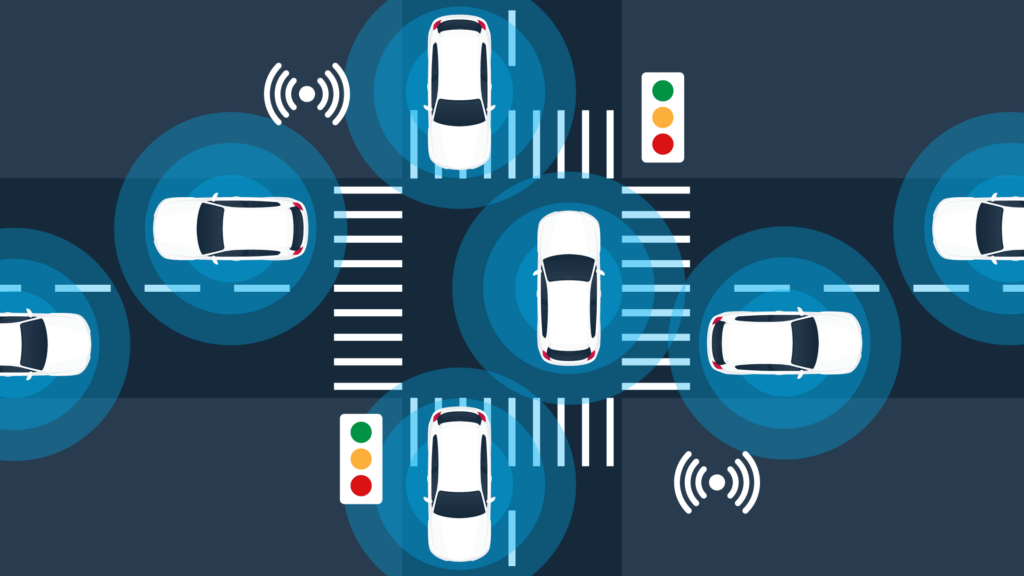
As we look toward the future, it is clear that connected car technology will continue to evolve. In the coming years, we can expect even more advanced features, including autonomous driving capabilities, deeper integration with smart city infrastructure, and more personalized driving experiences tailored to individual preferences. However, it is equally important to ensure that these technologies prioritize privacy and security, so that drivers can fully embrace the benefits of telematics without compromising their safety or personal information.
